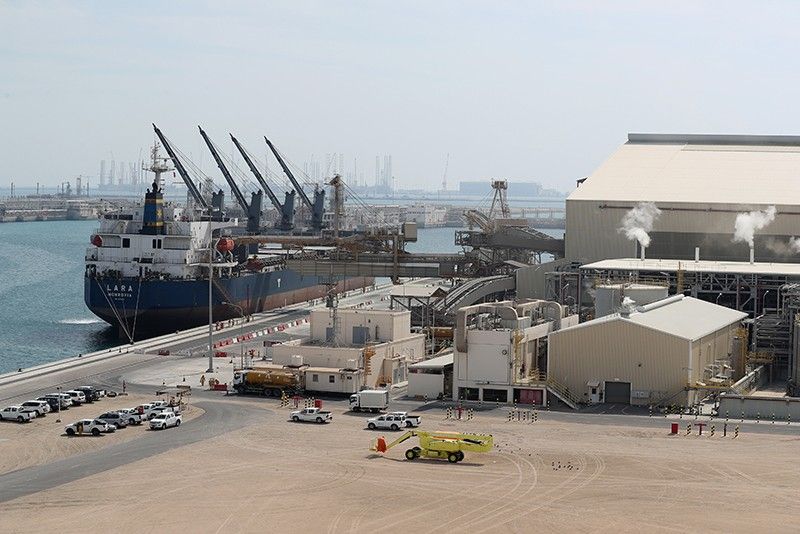OPEC: the global oil cartel in key dates

PARIS, France — Here are key dates in the history of the OPEC oil cartel, which Qatar has announced it plans to quit in January.
The early years
On September 14, 1960 the Organisation of the Petroleum Exporting Countries is set up in Baghdad by the oil-producing countries of Iran, Iraq, Kuwait, Saudi Arabia and Venezuela.
It aims to respond to cuts in prices decided by the giant oil companies.
In 1961 OPEC is joined by Qatar. It is followed by Indonesia and Libya (1962), the United Arab Emirates (1967), Algeria (1969), Nigeria (1971), Ecuador (1973), Gabon (1975), Angola (2007), Equatorial Guinea (2017) and Congo (2018).
Ecuador suspends its membership in 1992, but rejoins in 2007. Gabon leaves in 1995, but rejoins in 2016. Indonesia suspends its membership from 2009 to January 2016, before suspending it again several months later.
In 1965, OPEC moves its headquarters from Geneva to Vienna.
Oil shocks
In 1973, during the Arab-Israeli war, six OPEC members impose a sharp price hike, bypassing the oil companies. Oil becomes a political weapon as Arab producers declare an embargo on exports to countries supporting Israel, notably the United States and Netherlands, causing a worldwide "oil shock".
By the year's end OPEC has more than doubled prices, which go to $11.65 a barrel.
In March, 1975 OPEC holds its first summit, in Algiers.
In December 1975 a commando led by Ilich Ramirez Sanchez, alias Carlos the Jackal, takes 70 people hostage, including 11 oil ministers, at the OPEC headquarters in Vienna. Three people are killed.
In 1979 the Islamic Revolution in Iran and the halt of Iranian exports brings a second gloabl oil shock, with prices rising to $40 a barrel.
In 1980 the war between OPEC members Iran and Iraq leads to further increases.
Output ceilings
In 1982 OPEC begins setting output ceilings for its members in a bid to keep prices up. However discipline in respecting the quotas is often lax.
In 1986, with the arrival of new non-OPEC oil producing regions, a price war begins and prices crash to less than $10 a barrel. OPEC reestablishes quotas.
In 1990 Iraqi leader Saddam Hussein sends his troops into Kuwait, a fellow OPEC member, sparking a US-led attack on Iraq, which is pushed out of Kuwait and suspended from the OPEC quota system.
In 2003 Iraq is readmitted as a full member.
Over 2005-2006 there is a new spike in oil prices, dubbed the third oil shock. The price per barrel rises to $75. In late 2006 OPEC halts a slide through two successive production cuts.
In 2008 the world economic crisis and continuing unrest in many producer regions roil the markets. In July crude oil briefly goes over $140 a barrel, before crashing to $32.
In 2011 OPEC abandons individual quotas, relying on members' self-discipline to respect a collective ceiling of 30 million barrels a day.
Oversupply, caps
In 2014, despite oversupply, OPEC decides against output cuts. The decision, imposed by Gulf members wishing to maintain OPEC's market share faced with the boom in American shale oil, leads to a fall in the price, by half in six months.
The strategy hits several oil-dependent member states like Algeria, Nigeria and Venezuela.
In 2016 the price per barrel slumps to around $30, leading the major oil companies to carry out layoffs.
In November 2016 OPEC agrees to slash production by 1.2 million barrels a day to 32.5 million. The following month 11 non members, including Russia, also agree to reduce their production. Prices rise.
In November 2018 prices, which had largely risen since 2016, drop again, by 22 percent in a month, to under $60.
- Latest
- Trending





























